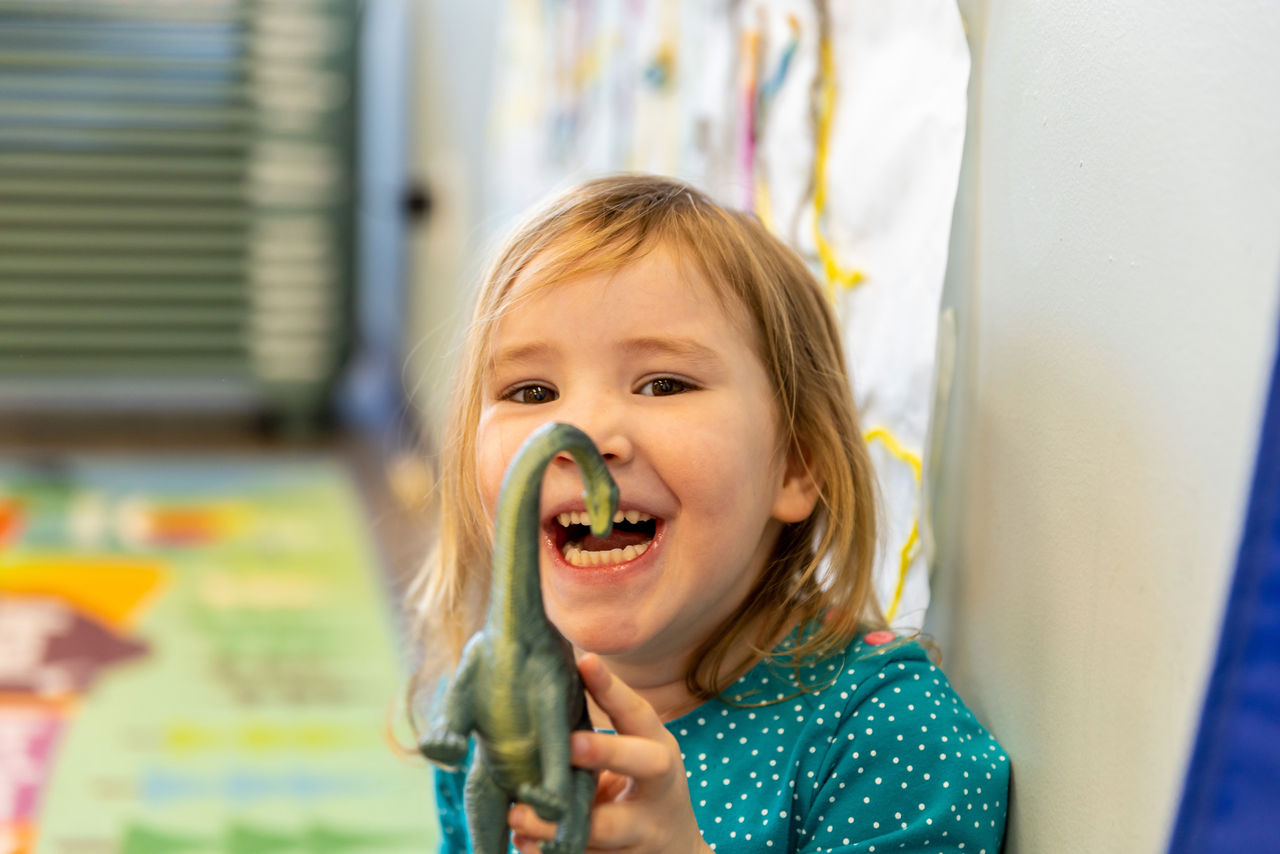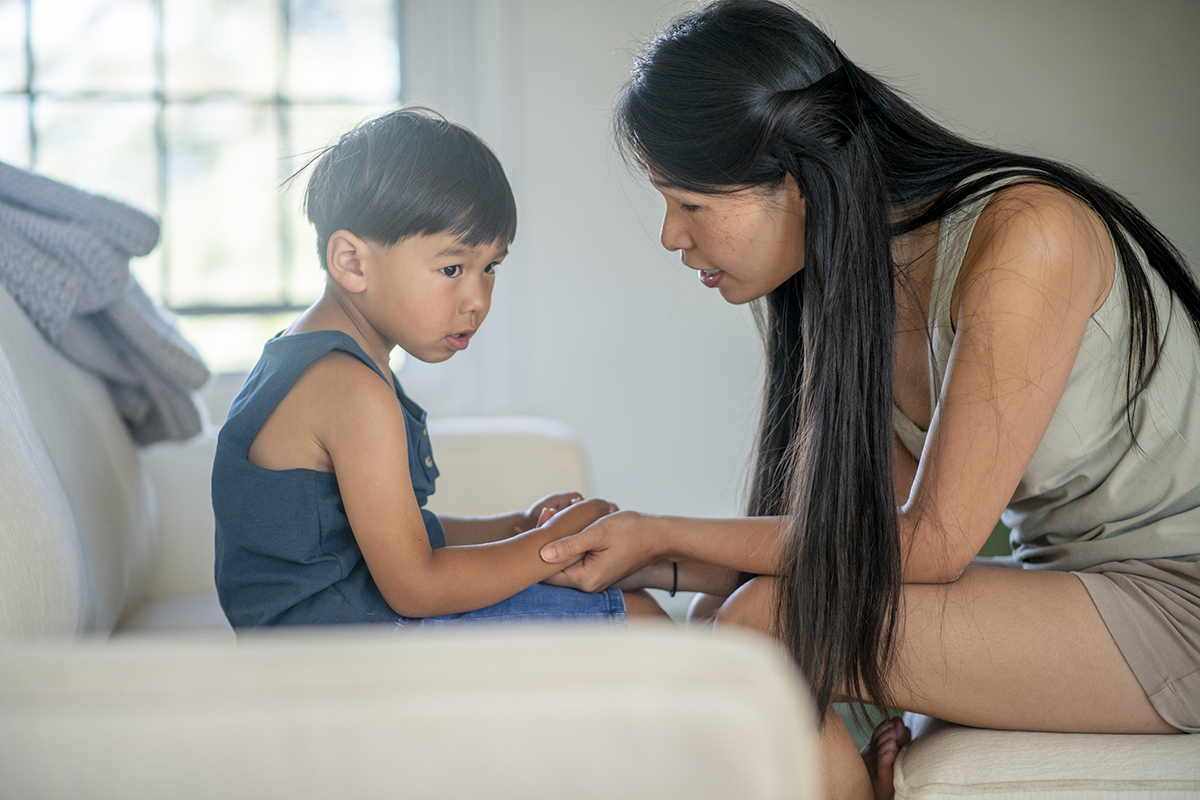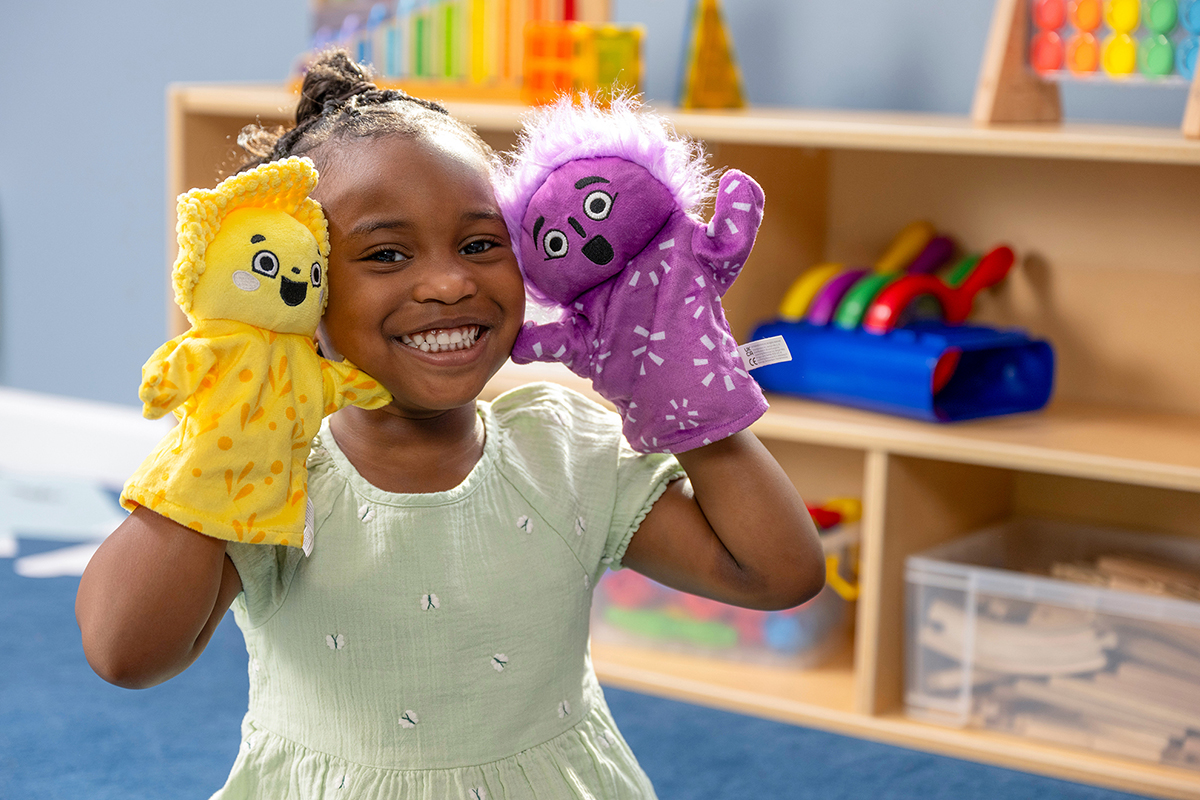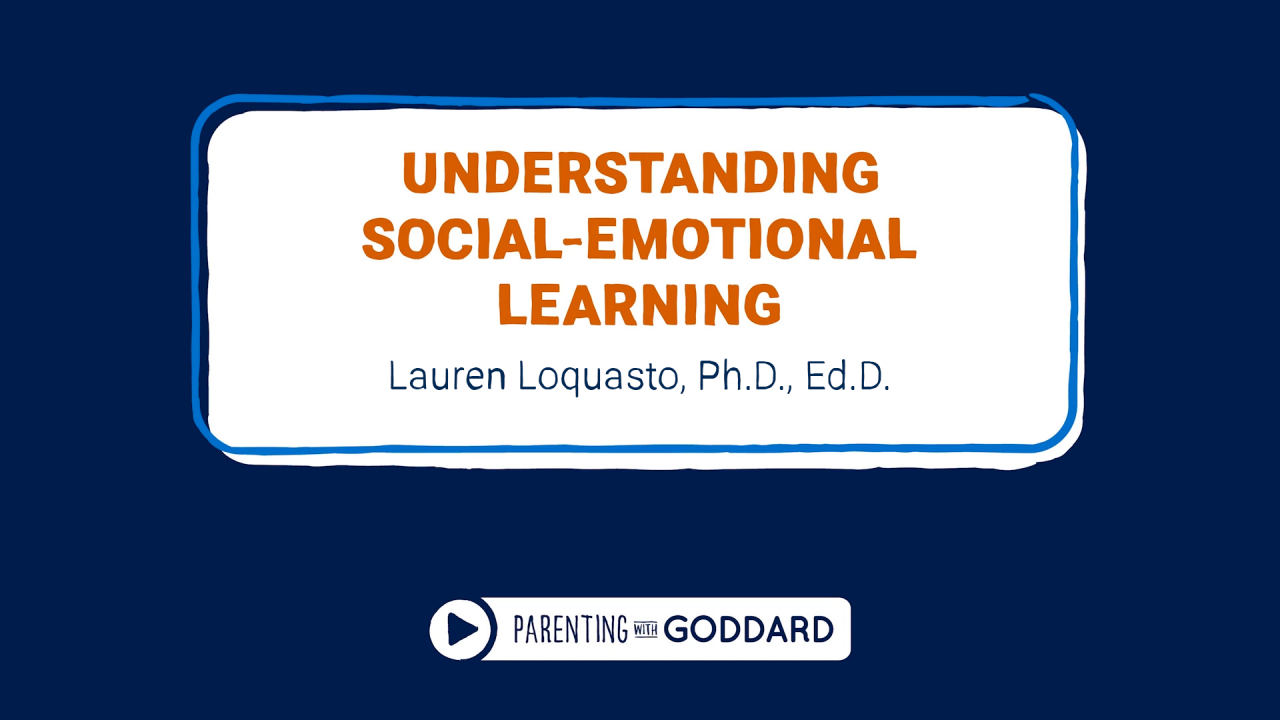In a previous blog, I wrote about ways to help children cultivate an attitude of gratitude. Dr. Jennifer Teramoto Pedrotti, a colleague who studies positive psychology, recently told me that people who are more grateful also tend to be more optimistic, be more hopeful, have higher life satisfaction and be more empathetic. I hope that you’ve been trying some of the ideas that I shared! As it turns out, focusing on the good in our lives is only one way to reap these positive social-emotional benefits. Another way is to give to others in ways that support them without expecting anything in return. Today, I’ll share some ideas for how to get children of all ages involved in giving back to help their communities.
Intergenerational Caring and Sharing
Make it a family goal to add cheer to the year for seniors in your community. You might start with engaging neighbors, residents in assisted living , or extended family. Sara Bartlett is a licensed clinical social worker who focuses on the benefits of intergenerational relationships for mental health and well-being. She has shared some ideas for how families with young children can bring joyful moments to seniors.
- Letters and drawings. Encourage children to write letters or draw pictures, and mail them to local nursing homes or drop them off in older neighbors’ mailboxes. You may even spark a pen–pal relationship and receive letters back.
- Shared storytelling. Ask children to practice their storytelling skills by sharing a story with an older adult either at home with a loved one, over video call or through programs at your local library or assisted-living home.
- Surprise packages. Involve children in creating care packages with puzzle books, catalogs, jigsaw puzzles, art supplies or other items to be delivered to elder care facilities or mailed to loved ones and neighbors.
Caring for Others in Outdoor Places and Spaces
- An abundance of research links developmental benefits to connections with nature. Build on children’s natural curiosity to explore the outdoors with fun and meaningful activities.
- Community clean up. Cleaning up litter in your neighborhood or local parks can be safe and fun for children — just bring a plastic bag and gloves. Be sure to set rules in advance about what can and cannot be touched safely.
- Encouragement rocks. Invite children to spend some time painting rocks to scatter around the neighborhood for other people to find. Older children can paint encouraging words and phrases on their rocks, and younger children can paint with colors that they think will make others feel cheerful.
- Good deed day. Offer to do your neighbors a favor by pulling weeds in their yards, planting a small garden or making and hanging a bird feeder. These easy and fun activities will leave your children feeling like helpers and bring a smile to others’ faces.
Pro tip – If you want your preschool-aged children to be enthusiastic about helping others, start by calling them helpers. In a recent study, children were more likely to offer spontaneous help to others when researchers told them, “Some children choose to be helpers,” than when they said, “Some children choose to help.” This wording helps children begin to think of themselves as the kind of person who helps, and this encourages prosocial behavior.
I hope you enjoy these ideas for how to engage in being thankful and giving!




